Welcome to my blog post on “What does fast fashion mean?!” In this post, we will dive deep into the meaning and consequences of fast fashion, exploring its origins, characteristics, environmental impact, labor concerns, and sustainable alternatives.
Fast fashion has transformed the fashion industry, but it comes at a significant cost. We encourage you to actively engage with the content, reflect on your own fashion choices, and consider the impact of your consumer behavior.
What is Fast Fashion?
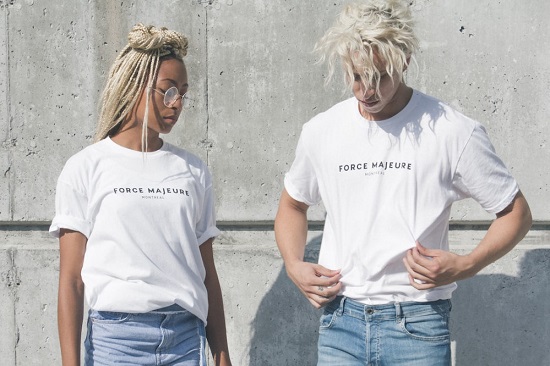
Image source: Force-Majeure-Unsplash
Fast fashion unlike ethical and sustainable fashion, is a term used to describe a business model within the fashion industry that prioritizes quick production and turnover of trendy clothing to meet consumer demand for the latest styles.
Brands following this model aim to put out new designs to the market quickly, and in most cases compromise on sustainable practices.
Simply put, fast fashion is characterized by low-cost, mass-produced garments designed to cater to the desire for new fashion at prices that are affordable.
The focus of fast fashion is on speed and affordability instead of quality which results in huge amount of clothing waste that ends up in landfill!
Fast Fashion: Unraveling the Impact of a Trend

Image source: Hannah Morgan -Unsplash
You may have heard about the term “Fast to Market”. In case you haven’t, “fast to market,” is simply the concept fast fashion brands thrive on.
The concept of “fast to market” enables the fast fashion industry to produce and distribute new designs in response to emerging trends in a swift manner. How are they able to do this you ask? Well, the answer is obvious!
This jet speed can only be achieved through outsourcing manufacturing to developing countries with lower labor costs, advanced production techniques and globalized supply chains.
Fast fashion has serious consequences no doubt! The relentless pursuit of fast fashion contributes to so many environmental and social issues.
The rapid production cycle results in uncontrolled waste, as garments are in most cases only worn a few times before being thrown out as waste. This results in a huge amount of textile waste ending up in our landfills!
Additionally, fast fashion relies on exploitative labor practices, with workers often facing long hours, unsafe working conditions and to top it all extremely low wages!
The pressure to produce at the speed of light and at low costs fuels the violation of workers’ rights, most especially in developing countries where labor regulations may be weaker.
Origins and Evolution:

Image source: Hannah Morgan -Unsplash
To better understand fast fashion, I think it’s important to explore its origins and how it has evolved over time. In the 1990s, brands like H&M, Zara, and Forever 21 popularized the fast fashion concept.
Brands like H&M, Zara, and Forever 21 revolutionized the industry by adopting aggressive production and marketing strategies to meet consumer demand for affordable clothing that’s at the same time trendy. They introduced concepts such as “just-in-time” production, which simply means meeting consumer demands as quickly as possible.
Fast fashion has its roots in the rapid advancements in technology which has transformed the fashion industry.
Several key brands played key roles in pioneering the fast fashion business model, and it is not surprising that this has significantly changed the way fashion is produced, consumed, and marketed.
Zara
Founded in 1974, Zara a Spanish clothing retailer, often credited as one of the first fast fashion brands revolutionized the industry by adopting a unique approach to production and distribution.
They implemented a strategy, which involved owning and controlling a hundred percent of the supply chain, from design and manufacturing to distribution and retail. This made it possible for Zara to respond quickly to emerging fashion trends and produce new designs.
H&M
Other major players in the fast fashion landscape include H&M and Forever 21. H&M, a Swedish multinational clothing retailer, emerged in the 1940s but became a well-known fast fashion brand in the 1990s.
They embraced low-cost, trendy fashion and rapid production cycles to meet the demands of fashion-conscious consumers.
Forever21
Founded in 1984, Forever 21, an American fast fashion retailer, gained popularity by offering low-cost, on-trend clothing targeted towards young consumers.
They introduced the concept of “fast, cheap, and disposable” fashion, thereby catering to the desire for constant newness and style!
Advancements in technology, such as the rise of digital platforms and e-commerce, became driving forces of the growth of fast fashion.
Brands began leveraging several avenues including social media marketing, online sales, and influencer collaborations to reach wider audiences and fuel the demand for quick fashion fixes.
The fast fashion model expanded globally over time, with several brands adopting its principles. The industry became characterized by a quick turnover of collections, short production cycles, and an emphasis on low prices while also ensuring that products were readily available.
While fast fashion brands have achieved huge success, their rise has also raised concerns about ethical practices, sustainability and the impact on the environment and workers’ rights.
It is no surprise that consumers are becoming more conscious of these issues. This obviously does not make the fashion industry look good and as such fast fashion brands are slowly shifting towards more sustainable practices.
Brands like Zara and H&M are taking the initiative in minimizing waste by recycling through installing in-store collection bins. H&M is also providing in-store repairing services, and rental options. However, are these efforts enough to end the climate crisis exacerbated by fast fashion?
The Fashion Industry Emissions Stats!
The fashion industry might not be the first that comes to your mind when it comes to pollution but this industry, responsible for the production of all clothes we wear, contributes to around 10% of global greenhouse gas emissions due to its long supply chains and energy intensive production. The industry consumes more energy than the aviation and shipping industry.
Up to 100 billion garments are produced by the fashion industry annually. Each year, about 92 million tons of clothing ends up in landfills. Only 20% of textiles are collected for reuse or recycling globally. Almost 60% of all clothing material is actually plastic!
With fast fashion brands alone producing twice the amount of clothing today than in the year 2000, the pre and post-production waste accumulation is skyrocketing. It is estimated that 15% of fabric is wasted during the production process while 57% of all discarded clothes end up in landfill.
7 Key Environmental Impacts of Fast Fashion
Fashion has a significant environmental impact, with the industry being the third largest contributors to global pollution after food and construction. In the case of fast fashion, the rapid production and disposal of garments lead to immense waste generation.
Many items are low quality and are designed to be worn just a few times before they are thrown into the garbage, contributing to the growing problem of textile waste in our landfills.
The production processes involved in fast fashion, such as dyeing, finishing, and treatment of fabric, consume lots of water and release harmful chemicals into the environment.
The environmental impact of fast fashion is huge and includes various aspects that contribute to the damaging of our planet.
Here are 7 major environmental impacts of fast fashion:
1. Textile Waste:

Image source: Processed-Photography, Unsplashed
Clothes are mass-produced and are designed to be frail with short lifespan. Fast fashion’s swift turnover of collections and the “disposable” nature of garments due to their quality result in huge amounts of textile waste. Clothing that is discarded ends up in landfills, where it contributes to pollution and takes several years to decompose.
2. Resource Intensity:
As you already know, fast fashion relies on the extraction and consumption of huge amounts of resources, including energy, water, and raw materials. The production of fabrics, dyeing processes, and transportation all contribute to the depletion of resources which results in a strain on the environment in which we live.
3. Water Pollution:
No doubt, the textile industry, including fast fashion, is a major contributor to water pollution! Chemical dyes, and treatments used in manufacturing textiles find their way into waterways, contaminating ecosystems and harming aquatic animals.
4. Carbon Emissions:
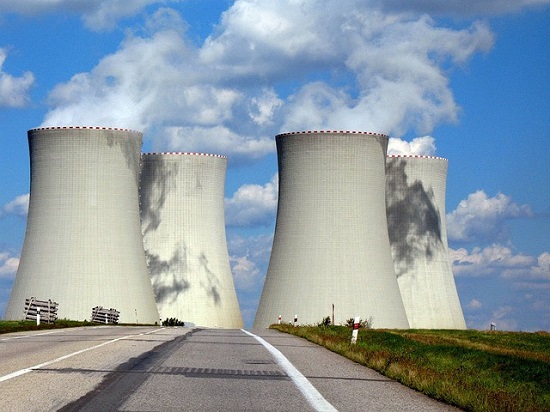
Image source: Public-Domain, Pixabay
Fast fashion’s world-wide supply chains coupled with transportation of materials and finished products, and manufacturing processes that are energy-intensive contribute to significant carbon emissions. The fashion industry is a major contributor to greenhouse gas emissions, exacerbating climate change.
5. Pesticide Use:
The cultivation of raw materials such as cotton involves the use of pesticides, which can have adverse effects on the environment, including soil degradation, water pollution, and harm to wildlife.
6. Deforestation:
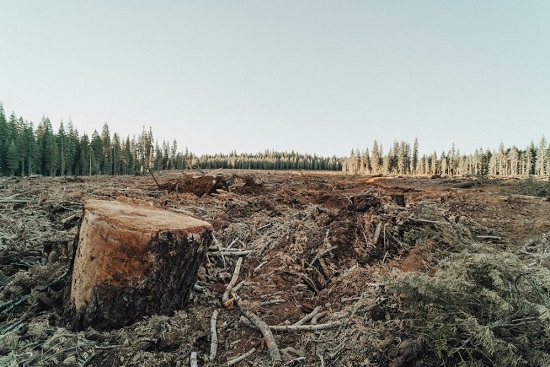
Image source: Roya-Ann-Miller-Unsplash
The demand for materials like viscose, rayon, and leather used in fast fashion can contribute to deforestation, as forests are cleared to make way for agricultural practices or cattle grazing.
7. Labor Exploitation:
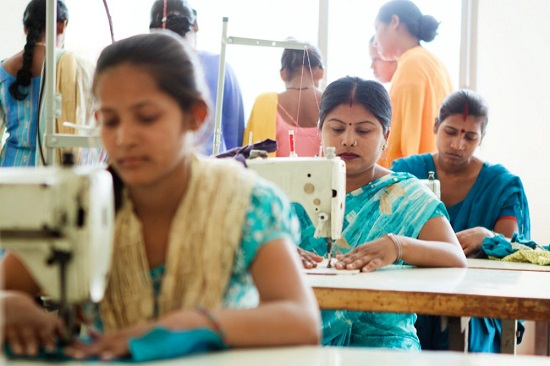
Image source: Shirdi Sai Baba Society-Unsplash
While not directly an environmental impact, it is important to recognize that the environmental impact of fast fashion is linked to the social impact.
The fast fashion industry takes advantage of poor communities in developing countries to manufacture low-cost clothing. Exploitative labor practices, poor working conditions, and low wages, are common in the fast fashion industry, leading to human rights violation and social inequality .
Garment workers, most especially in developing countries, face long working hours, unsafe working conditions, low wages, and a lack of social protection. Many workers struggle to meet their basic needs.
I’m sure you agree that these environmental impacts highlight the need for change in the fashion industry! It only makes sense to embrace sustainable alternatives, such as eco-friendly materials, promoting circular fashion practices, encouraging responsible consumption, and supporting ethical manufacturing.
The alternatives I mentioned above can help mitigate the negative environmental consequences of fast fashion. It is crucial for policymakers, brands, and consumers to work collectively towards a more sustainable and responsible fashion industry that puts environmental stewardship first!
10 Sustainable Alternatives to Combat The Negative Impacts of Fast Fashion
Here are 10 sustainable alternatives to consider in order to combat the negative impacts of fast fashion:
-
Thrift Shopping and Secondhand Clothing:

Image source: Md-Salman-Unsplash
Purchasing secondhand extends the life cycle of garments, reduces waste, and often comes at a lower cost. Great places to explore include consignment shops, thrift stores, and online stores for pre-loved clothing.
2. Ethical and Sustainable Brands:
Support fashion brands that prioritize transparent supply chains, sustainability, and fair labor practices, Look for certifications such as Fair Trade, GOTS (Global Organic Textile Standard), or B Corp to ensure ethical standards.
3. Minimalism and Capsule Wardrobes:

Image source: Amanda-Vick-Unsplash
Embrace a minimalist approach to fashion by curating a versatile wardrobe with timeless pieces that can be mixed and matched. Having a capsule wardrobe would help reduce waste, and encourage conscious consumption because it allows you to create different looks with only a small selection of clothes!
4. Renting and Borrowing:

Image source: Artificial Photography, Unsplash
This reduces the need for excessive consumption and helps reduce textile waste. Instead of purchasing clothing for one-time occasions, you can consider renting or borrowing from friends or specialized platforms.
5. Upcycling and DIY:
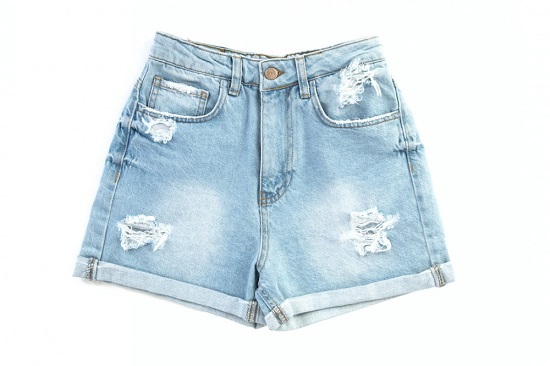
Image source: Engin Akyur, Unsplash
Upcycling simply means turning old products into new ones by a variety of processes. You can reduce the need for new purchases and minimize waste by upcycling. This allows you to give new life to old pieces. For instance, you can turn old jeans into shorts, bags and so on. Get creative and repurpose old garments or transform them into new items through upcycling projects.
6. Natural and Organic Materials:
Choose clothing made from sustainable and natural materials like organic cotton, hemp, linen, or bamboo. Materials like organic cotton, bamboo or hemp are often grown and produced using environmentally friendly practices, reducing the use of toxic chemicals and promoting biodiversity.
7. Local designers and Artisans:
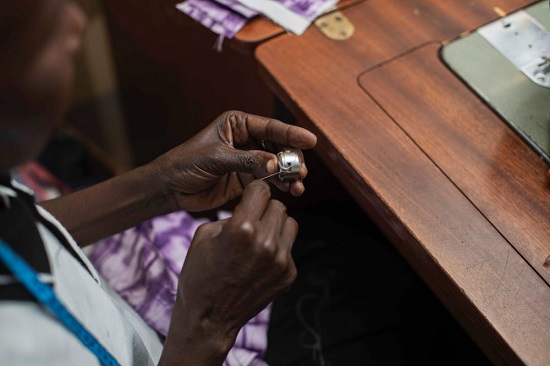
Image source: Ugandan-crafts, Unsplash
It is important to support local designers and artisans who prioritize ethical methods of production and sustainability. This helps reduce carbon emissions associated with long-distance shipping and supports local economies.
8. Clothing Swaps and Community Initiatives:
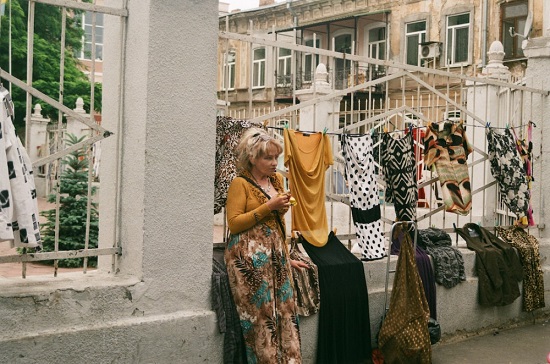
Image source: Sasha Matveeva, Unsplash
Just like you would organize a garage sale, you can participate in or simply organize clothing swap events with community organizations, friends, or even neighbors. This allows for the exchange of clothing items, and also reduces waste.
9. Care and Repair:

Image source: Pinna Messina, Unsplash
Caring for our garments will definitely extend the lifespan and also reduce the need for constant replacement. Simply following proper laundering instructions, repairing minor damages, will help maintain their longevity.
10. Education and Conscious Consumerism:

Image source: Kimberly Farmer-Unsplash
A good way you can make great choices is by educating yourself on sustainable fashion practices Make it a point to consider the social and environmental implications of your purchases. Staying informed about the fashion industry and its impact is therefore important.
We can contribute to a more environmentally conscious, ethical, and socially responsible fashion industry by embracing these sustainable alternatives.
The Bottom Line:
“What does fast fashion mean?” I hope this post has helped answer this vital question. Most importantly, I encourage you to check out my guide on ethical and sustainable fashion. No doubt, you are now able to make informed choices as a consumer by understanding the meaning and impact of fast fashion.
Fast fashion represents a production and consumption model that overlooks ethical and sustainable practices. It has a huge impact on the environment, and sustainability of the fashion industry. Small changes in our consumption habits can have a huge positive impact on our planet and the lives of textile workers.
Remember, your choices really do matter. By supporting ethical brands, considering sustainable alternatives, and being mindful of your consumption habits, you can contribute to a more equitable and sustainable fashion industry. Together, we can create a future where fashion is not only stylish but also responsible and respectful of both people and the planet.

